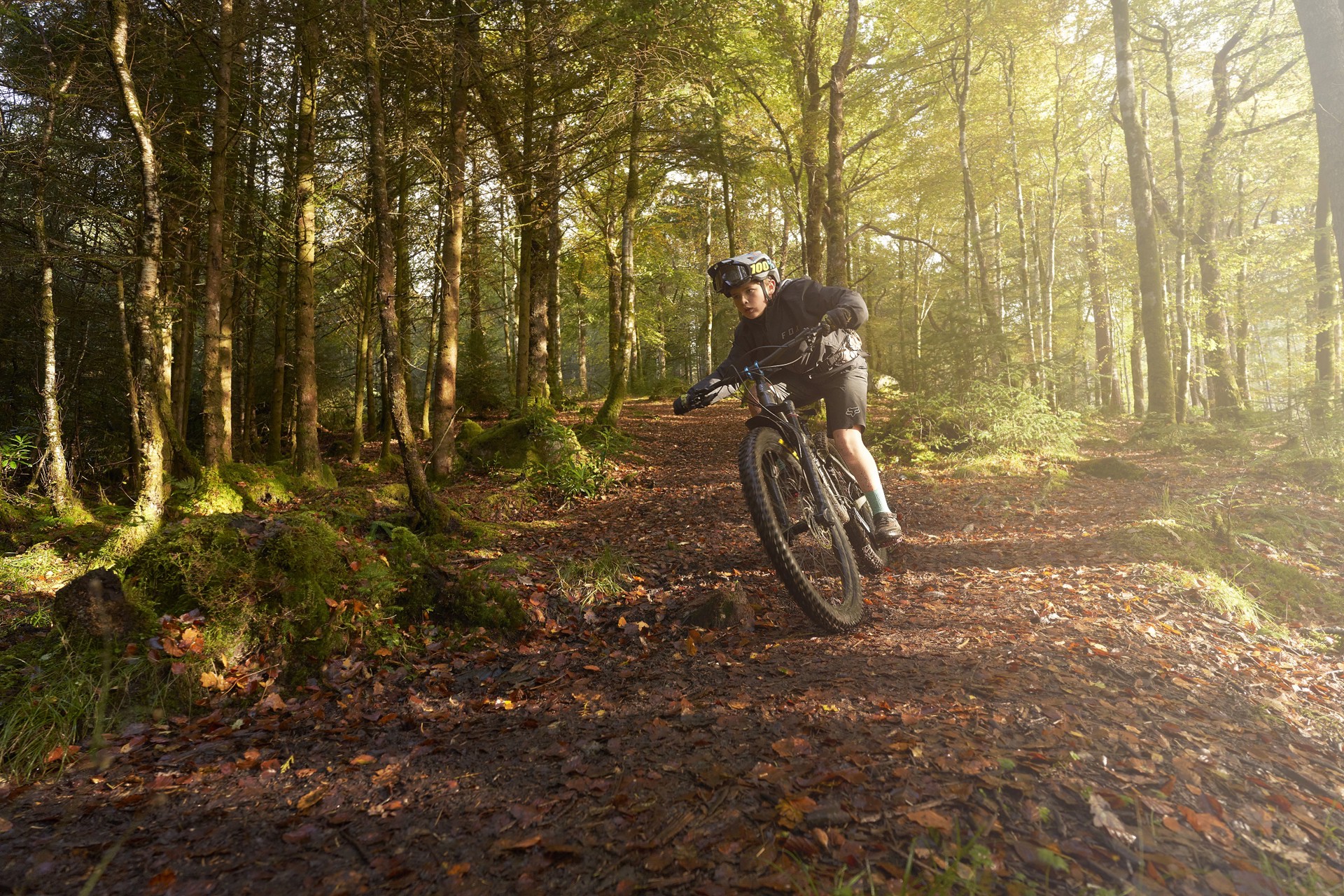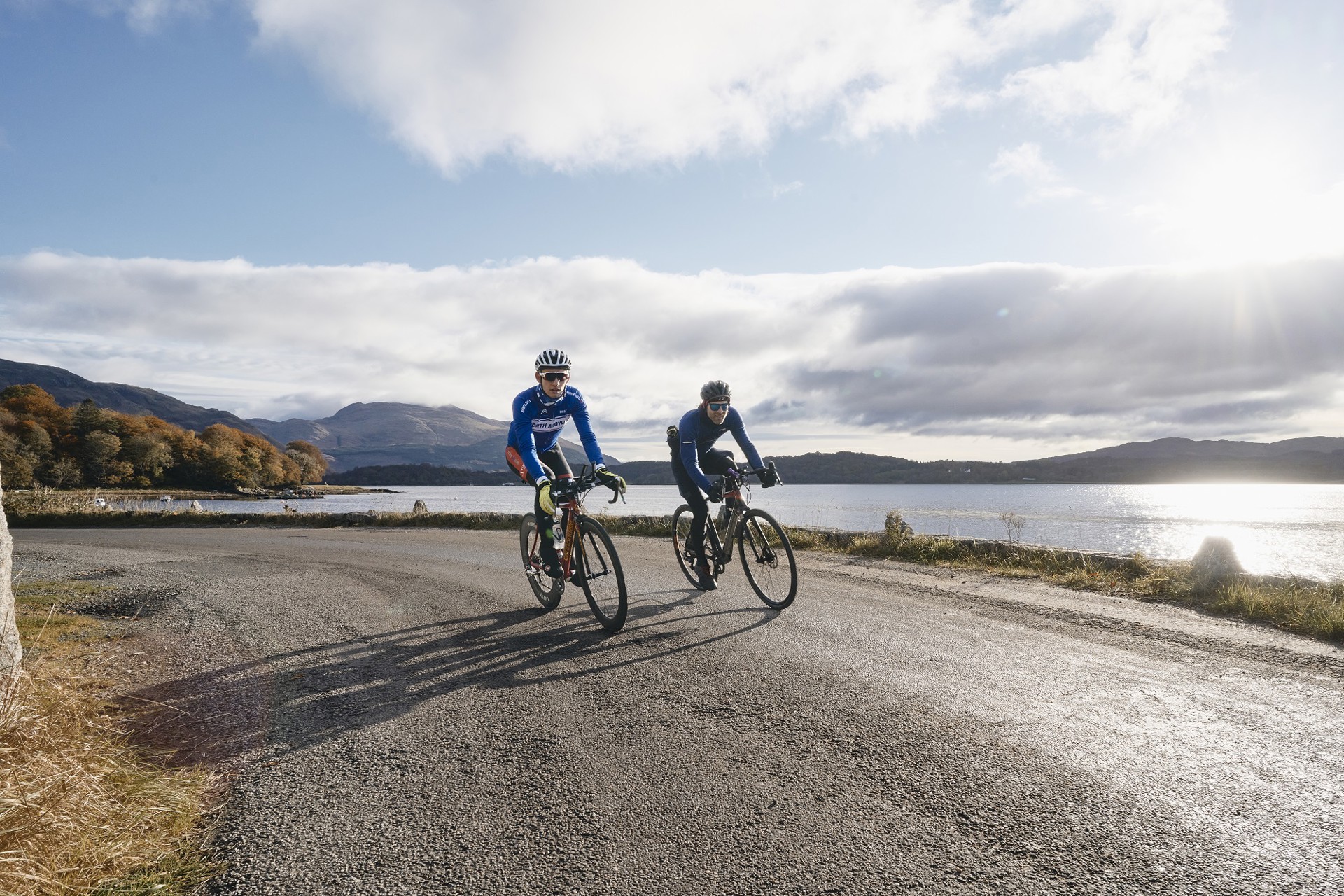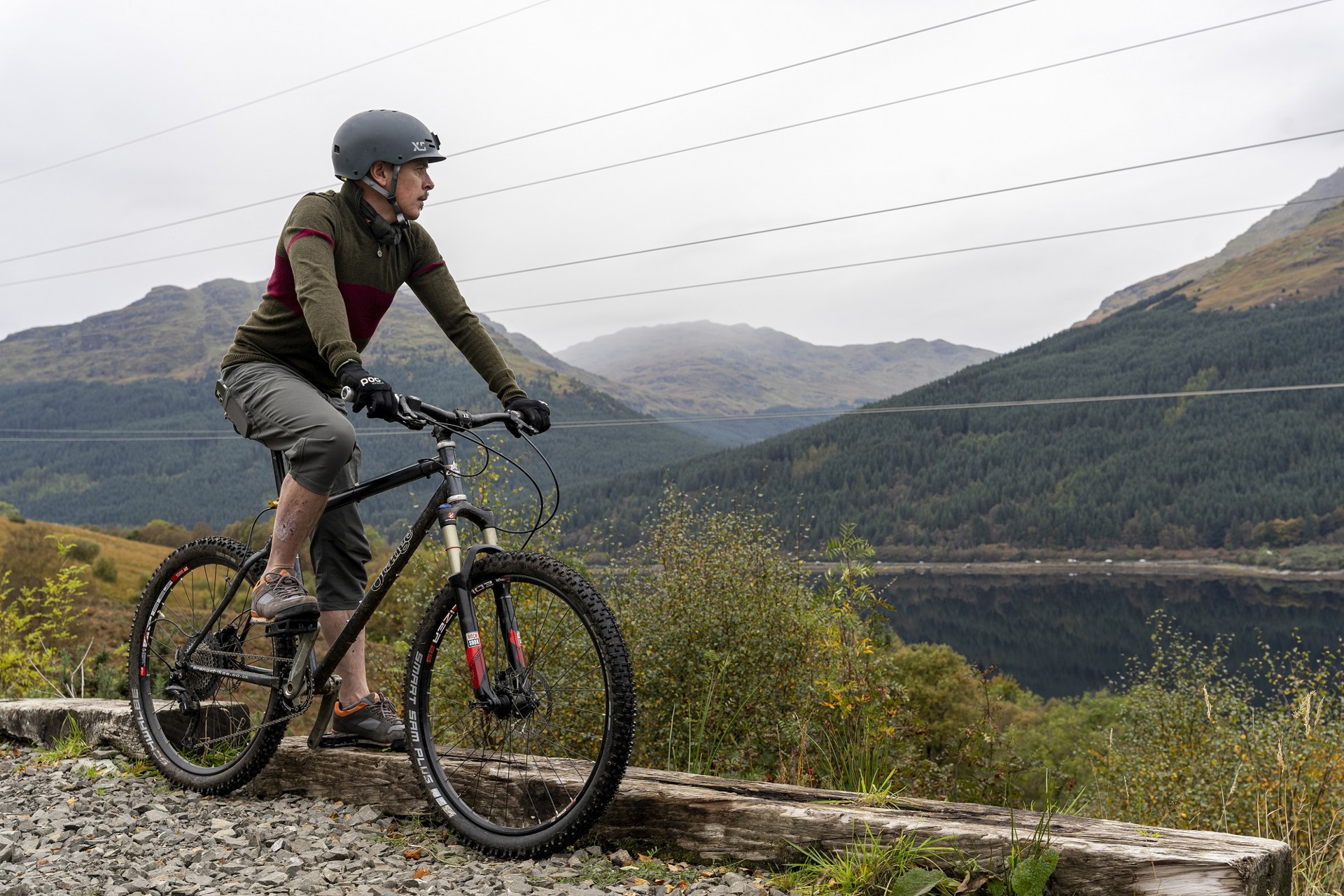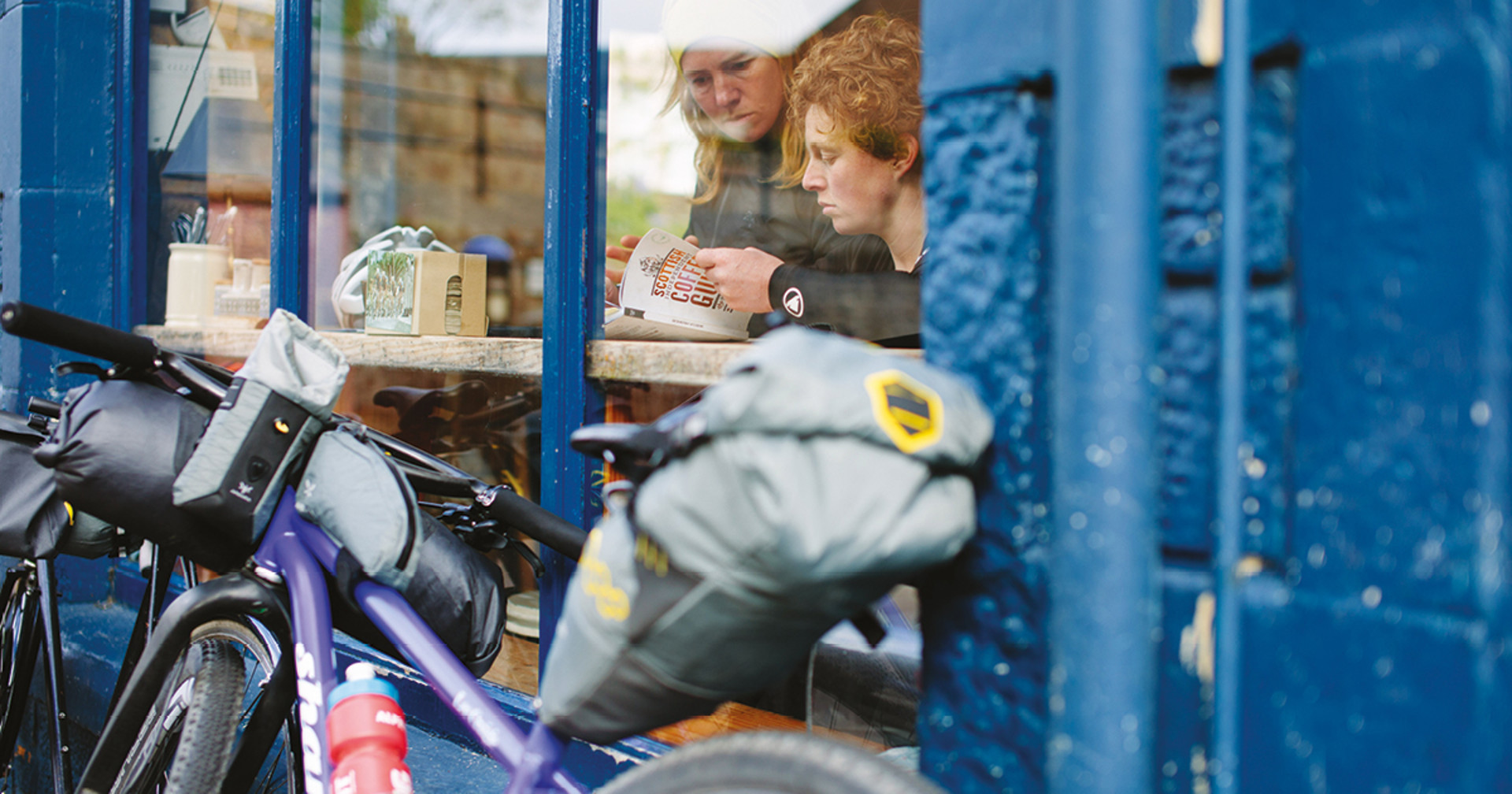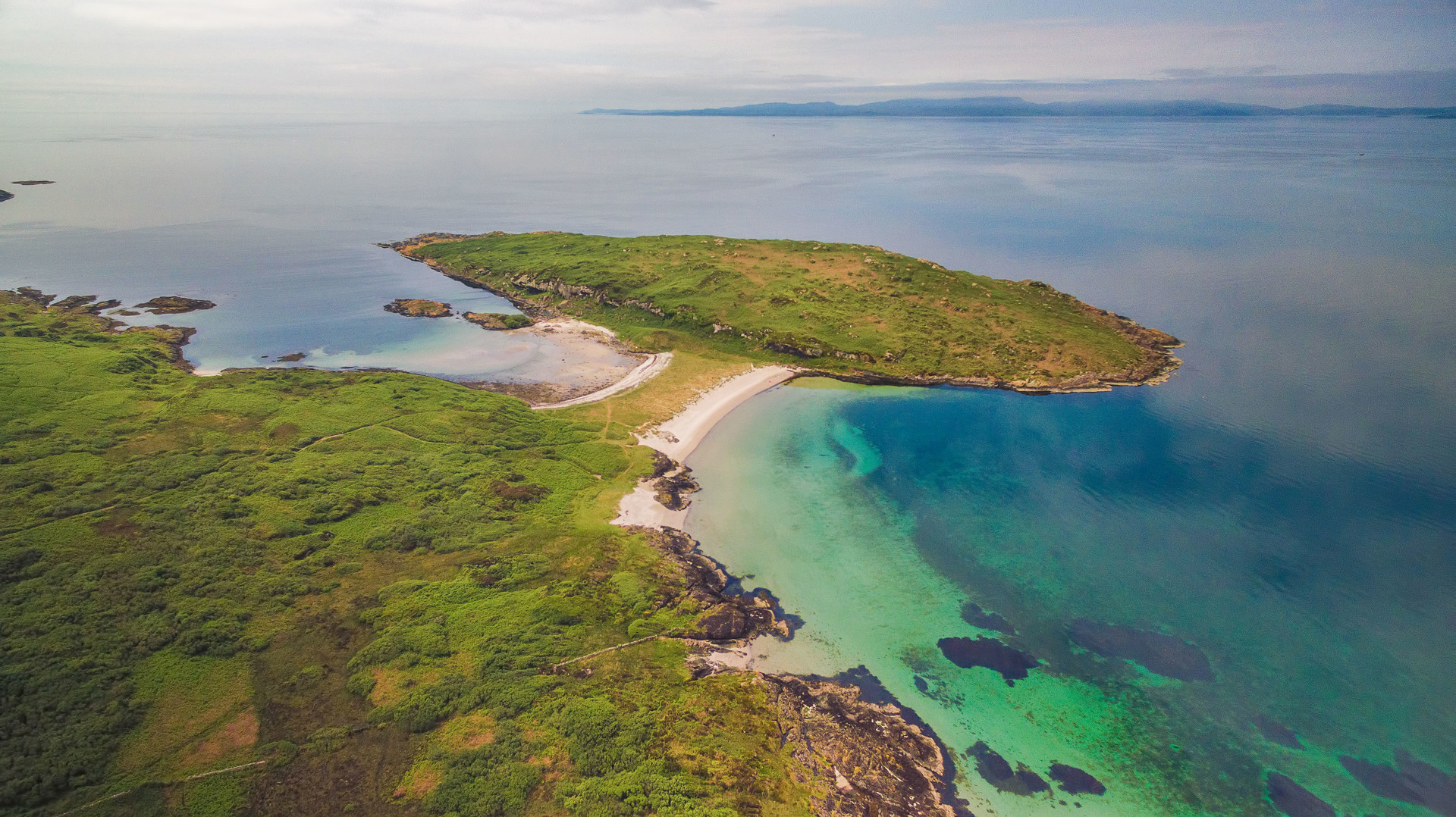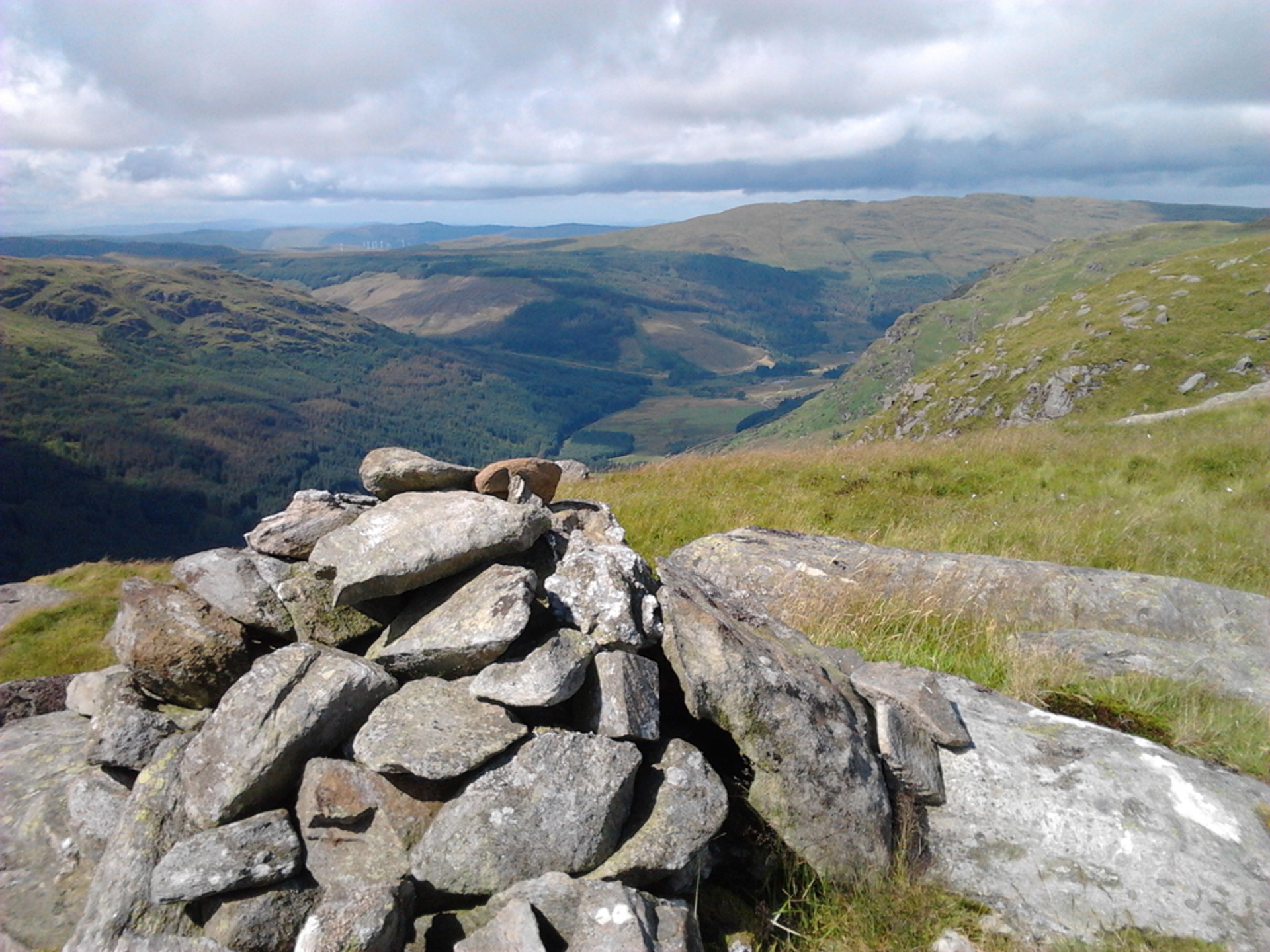
Long Distance Walking Trails in Argyll & the Isles
Scotland's Walking CoastArgyll & the Isles boasts five of Scotland's Great Trails.
All the trails are clearly waymarked and are suitable for short breaks as well as end-to-end expeditions that provide opportunities to explore the best of Scotland's nature and landscapes, and to experience our amazing history and culture.
Walking can be the best way to get inspired
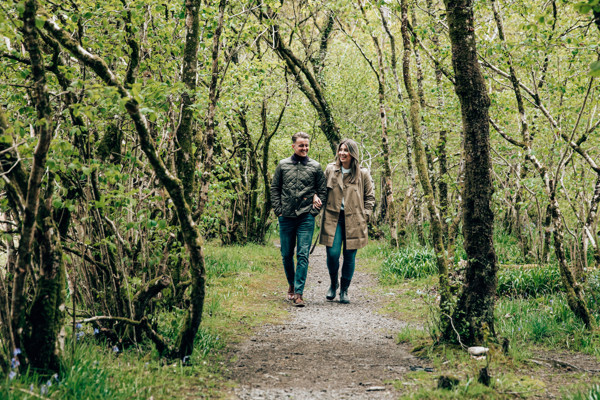
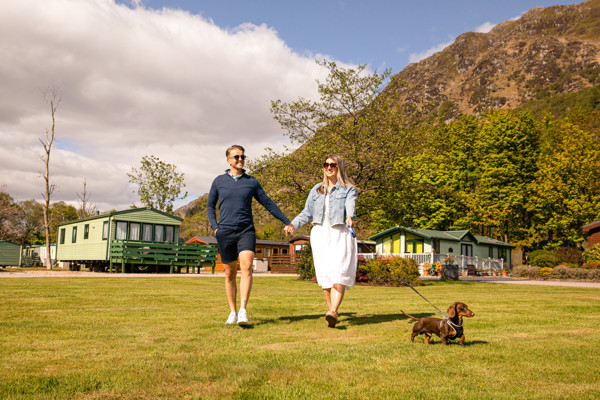
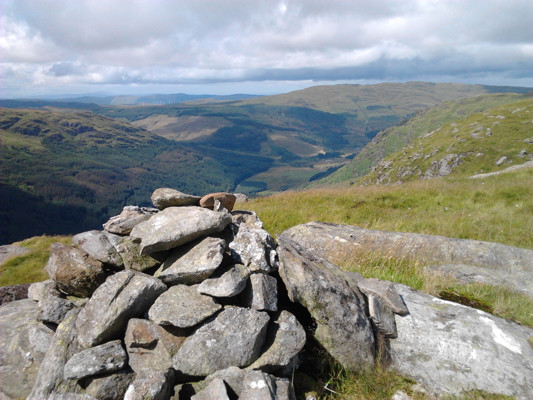
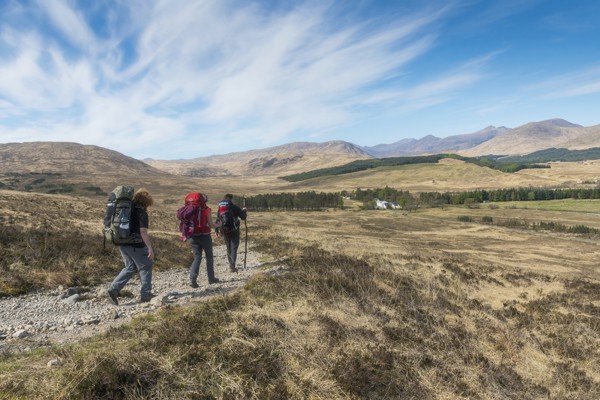
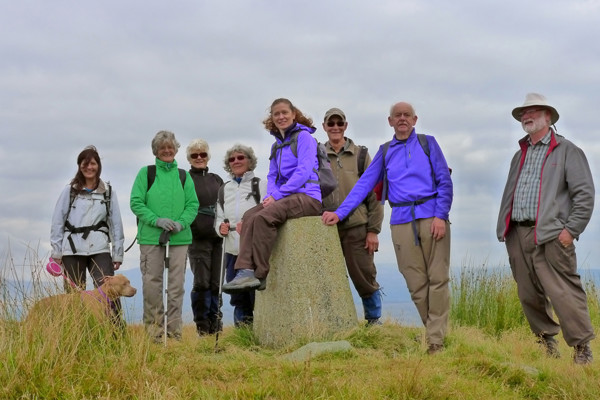
Three Lochs Way
One of Scotland's Great TrailsA fascinating walking route linking coastal communities fringing Scotland's first national park.
The Three Lochs Way crosses the Highland Boundary Fault and heads towards the mountains of the Southern Highlands. With Loch Lomond, The Gareloch and Loch Long as recurrent scenic backdrops, the route takes you on a fascinating journey through place and time as it links a necklace of communities strung along the Clyde Sea Lochs fringe of Scotland's first national park.
Rarely rising above 250 metres, the route's 55 kilometres (34 miles) can easily be walked in 3 to 4 days and with the West Highland railway line never far away, it also offers plenty of options for shorter day walks.
threelochsway.co.uk
Balloch Tourism Information Office to The Hill House in Helensburgh: 14.5km, 9 miles; ascent about 400m.
This section crosses the Killoeter/ben Bouie upland between Balloch and Helensburgh, utilising existing minor roads, a historic right of way, forest roads, footpaths, and informal trods. The route gives excellent views over Loch Lomond, Helensburgh, and the Firth of Clyde.
Those cycling will find a continuous cycle path beside the A82 and A818 linking Balloch and Helensburgh. The dedicated mountain biker will, of course, think nothing of tackling the upland route as described - there are some brilliant descents - just be prepared to do a bit of pushing to get up the steep bits!
The Hill House in Helensburgh to the MOD Training Area at Garelochhead: 10.5km, 6.5 miles; ascent about 200m.
The southern part of the Highlandman's Road has been improved recently, and in general, this is an easy walk. There is a substantial midsection on the quiet minor road through the gently scenic Glen Fruin.
Notes
Cows like to hang around on the Highlandman's Road, and great care should be taken here in spring and early summer as they can be very protective of their young calves. Dogs should be kept on a lead over this section.
From Garelochhead to Arrochar and Tarbet: 20.5km, 12.7 miles; ascent about 490m.
The southern two-thirds of this section take you through the Garelochhead military training area, initially on the lightly used tarmac "American Road" and then almost entirely on remote forestry roads and Land Rover tracks. A short, more or less trackless section exists in the middle, and you may have to splash across the burn at Tighness. North of Glen Douglas, the scenery is outstanding.
Notes
"The American Road" services the southern part of the Ministry of Defence's Garelochhead Training Area, which extends from around Strone House in the south to Creagan Sithe in the north. You are welcome to walk through, but do please note that the area is used fairly intensively, so don't be surprised if you meet up with the young trainee soldiers carrying their huge packs and fully kitted out for battle. They will probably be too busy to take much notice of you, but a friendly word of thanks and encouragement costs nothing and will be greatly appreciated.
Very occasionally, the MOD may require the closure of the training area, and prior to walking this section, you may wish to check with the training area management. The number to ring is 01436 810369. If the training area is closed, the best alternative route is along the A814, which is very scenic in its own right and generally carries only light traffic. The Three Lochs Way route can then be regained by turning onto the Glen Douglas road at grid ref. 265996. Click here to see the MOD web page on safety and access in Military Training Areas.
THE SMALL TIMBER SHELTERS WHICH HAVE BEEN PROVIDED THROUGHOUT THE TRAINING AREA ARE STRICTLY FOR THE USE OF MILITARY PERSONNEL AND UNDER NO CIRCUMSTANCES SHOULD YOU AIM TO SPEND THE NIGHT THERE.
A higher, unwaymarked, but more scenic alternative loop exists via Tom Buidhe along the forestry road between 247942 and 258964, where the Gurkha Bato starts.
Arrochar and Tarbet have many accommodation options, and there is a Visitor Information Centre in Tarbet at grid ref. 318045. Cruise Loch Lomond ferries at Tarbet give access to the West Highland Way at Inversnaid, while the Cowal Way can be accessed at Arrochar.
From Tarbet Station to Inveruglas Car Park: 9.5km, 6 miles Ascent about 411m.
This comparatively short section utilises good paths, tracks and the Sloy Hydro road and gives an easy and attractively scenic finish to your Three Lochs Way experience.
Notes
As there is no accommodation at Inveruglas, your options here include the City Link bus north or south on the A82 (City Link Timetable). At Tarbet there is plenty of accommodation and for onward travel you can also access the West Highland Railway line.
The West Island Way
Long Distance Walking TrailRunning the full length of the Isle of Bute for approximately 40km (25 miles), the West Island Way embraces a variety of landscapes; seashore, moorland, farmland and forest. The natural history, geography, geology and ancient history of the island are revealed at every turn.
The route is well marked, with frequent fingerposts and waymarkers, but use of a map for navigation is strongly recommended. To find your way round the West Island Way and along other walks.
The path is mostly off-road and includes rocky coastline, beaches, farmland, moor and forest tracks. Only a few short sections follow the roadside but the roads are not busy and there is usually a grassy verge alongside. The thirty-mile trail divides naturally into 4 distinct stages, with the town of Port Bannatyne lying at its mid-point.
Many regard this circuit as amongst the best of starts to any long-distance walk. This circular Stage begins and ends at Kilchattan Bay. It offers amazing views across the Firth of Clyde to the Cumbraes and Arran – including the granite mound of Ailsa Craig, seen in the distance. It takes in the atmospheric and historically significant ruins of St Blane’s Chapel (Blane went on to found Dunblane Cathedral, but he was on Bute first!). It is a convenient walk too, since the Rothesay bus service can be taken to and from Kilchattan Bay. Although short, it’s fairly strenuous, and the terrain can be rough in places.
Stage three opens by following the route of the old Tramway. It then turns northwards up a winding and peaceful glen. At the head of the glen, the path enters the forest and winds its way down to Rhubodach and the ferry to Colintraive.
Towards the end of the stage, you have a choice of routes to the finish: one easy route along the forest track and a second option to visit the WWII decoy village and descend past the ruined Balnakeilly farmstead to the ancient oak-wooded glen.
The first half of this Section is on a gentle forest track and pathway. The second is across rough and steep moorland. In places, the moorland grass and bracken path make the route unclear without an obvious path on the ground. Additional fingerposts and waymarkers have been installed to keep you safe and on the correct route – careful navigation is essential, so take care to scan ahead for the next waymarker or fingerpost before moving ahead. The extra effort of the high moorland walk will reward you with magnificent views in all directions.
Note
An alternative low-level route to the end of Stage 4 is via Rhubodach Cottage and the roadside verge alongside the A886 to Port Bannatyne.
Loch Lomond & Cowal Way
'Scotland in 57 miles'The Loch Lomond & Cowal Way in Argyll is less than one hour from Glasgow and offers the best of Scottish Highlands; with beautiful coastlines, dramatic scenery, engaging heritage, abundant wildlife, and very friendly communities and people.
www.lochlomondandcowalway.org
Distance
6 miles/ 10km
Terrain
Mainly forest tracks, paths, or quiet roads. Easy undulating track, with a gentle climb to 85m (280 ft) over the first 2km
Summary
This fairly undemanding section offers excellent views of both Loch Fyne and the Kyles of Bute. Points of particular interest along this section include the dramatic ruins of Asgog Castle, the remains of a gunpowder mill, and a World War II tank landing slip.
Distance
16 miles/ 26km
Terrain
Mainly on forestry or farm tracks and woodland trails, with the final 4km to Strachur on a quiet public road.
Grade
Initial section on low-lying road, followed by a steady climb on forestry tracks to a maximum height of 360m (1180ft), descending to low-lying roads near sea level.
Summary
This longer section is fairly easy underfoot, mainly following well-maintained forest tracks. It offers good views and travels through a woodland gorge with spectacular waterfalls. There is also the option to take a short side trip to the Dunans Castle Heritage Trail, which includes woodland gardens, a Telford bridge, and views of the ruins of Dunans Castle.
Arrochar and Tarbet have many accommodation options, and there is a Visitor Information Centre in Tarbet at grid ref. 318045. Cruise Loch Lomond ferries at Tarbet give access to the West Highland Way at Inversnaid, while the Cowal Way can be accessed at Arrochar.
Distance
9 miles/14km
Terrain
Quiet roads followed by farm and forest tracks, then a section of rough ground, before returning to forest track and roads for the final 5km.
Grade
Moderate climb to 350m (1150ft) with a steep, difficult descent
Summary
This section includes some challenging uphill terrain and small streams. However, the rewards are the rugged postcard scenery, a remote hilltop loch, and dramatic views of the Sruth Ban falls.
Distance
15 miles/24km
Terrain
Quiet road followed by farm and forest tracks, then a stretch of rougher ground where a map and compass may be needed in poor weather, with the final 5km of the route on forest track and road
Grade
Strenuous climb to a height of 500m (1640ft) followed by a steep descent on paths and forest road, then two further ascents of a less challenging nature
Summary
This final section of the Loch Lomond & Cowal Way includes the highest climb of the route. In clear weather, walkers will be rewarded with breathtaking mountain views ahead to the Luss hills and Ben Lomond, with Ben Bheula behind and the Brack to the left. This is followed by scenic walking alongside Loch Long and Loch Lomond. An overnight stay at Arrochar can also break up this final stage from Lochgoilhead to Inveruglas. This option is suitable for those seeking an easier alternative, or for those wishing to climb the famous Cobbler before continuing on to Inveruglas.
John Muir Way
This coast to coast route runs across central Scotland between Helensburgh in Argyll in the west and Dunbar in the east, passing through the very best scenery the central belt has to offer.
Designed to be easily accessible to a wide range of users and close to local communities and transport links, find your way at www.johnmuirway.org
The start and finish of the route are marked by a seat made from Scottish oak and a circular stone plinth with engraved footprints and a John Muir quote.
Starting from the seaside holiday town of Helensburgh is a treat.
There are more than enough cafes and eateries to choose from in this west coast holiday town before you set off up the hill on your trip. Take time out to look seawards and imagine sailing off to America from those waters like John Muir did well over a century ago.
If you have time, why not visit the National Trust for Scotland's Hill House and enjoy some arts and crafts splendour?
Once up the hill, you’ll be rewarded with stunning views of Loch Lomond against the National Park mountain backdrop. With that tremendous view, the route winds down to Balloch, where your first set of home comforts lies.
